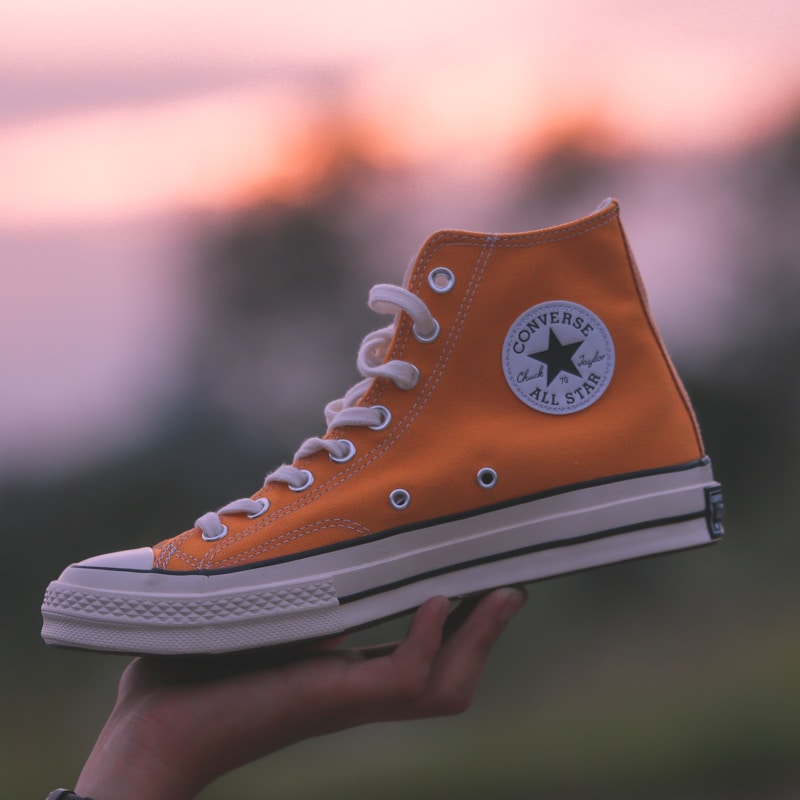Essential Tips for Shoe Selection: A Comprehensive Guide to Finding Your Perfect Fit
Introduction
Choosing the right pair of shoes can seem like a simple task, but it is indeed a vital decision that can affect your comfort, health, and overall well-being. Whether you're searching for running shoes, formal wear, or casual footwear, several factors come into play. This article will delve into essential tips for shoe selection, ensuring you make informed choices every time.
Understanding Your Needs
The first step in selecting the perfect pair of shoes is to understand your specific needs. Are you looking for running shoes, hiking boots, or dress shoes? Your activity level will dictate the style and features you require.
Consider Your Activity Level
| Activity | Recommended Shoe Type |
| Running | Cushioned running shoes |
| Hiking | Supportive hiking boots |
| Everyday Wear | Comfortable sneakers or loafers |
| Formal Events | Leather dress shoes |
Foot Measurement and Shape
Knowing your foot size and shape is crucial in shoe selection. Many people wear shoes too small or too large, leading to discomfort. It's advisable to measure your feet regularly, as they can change over time due to various factors, including age and weight gain.
How to Measure Your Feet
To measure your feet accurately, follow these steps:
- Stand on a piece of paper and trace the outline of your foot.
- Measure the length from the heel to the longest toe.
- Measure the width at the widest part of your foot.
- Use these measurements to compare against size charts provided by different brands.
Comfort is Key
Regardless of the type of shoe you are selecting, comfort should always be your priority. Take the time to try them on at the end of the day when your feet are slightly swollen. Walk around in them to see if they feel good. Pay attention to these aspects:
Arch Support
The arch of your foot plays a crucial role in comfort and support. Understand your arch type—high, medium, or flat—and how it can influence your shoe choice. Some shoes come with built-in arch support, while others may require custom insoles.
Material and Breathability
The materials used in shoe construction can greatly affect breathability and comfort. For example, leather shoes tend to provide better durability, while mesh shoes can offer enhanced ventilation, making them suitable for warmer climates.
Consider the Sole and Traction
The sole of the shoe plays a pivotal role in providing traction and comfort. Depending on your intended use, you should consider the type of sole:
- Smooth soles: Ideal for indoor or formal shoes.
- Textured soles: Perfect for outdoor activities as they provide grip.
- Rugged traction: Essential for hiking boots or sports shoes meant for varied terrains.
Style and Aesthetics
While functionality and comfort are crucial, the style of the shoe cannot be overlooked. Your personal taste should reflect in your shoe selection, ensuring you feel confident and stylish. Consider the following:
- What colors do you usually wear?
- Are there specific designs that you prefer?
- How do you want the shoe to fit into your overall wardrobe?
Price vs. Quality
Finding a balance between price and quality is essential. Expensive shoes may have better features, but several affordable options provide impressive quality. It is always a good idea to read reviews and ask for recommendations when considering new brands.
When to Buy Expensive Shoes
If you regularly engage in activities that stress your feet, investing in high-quality shoes is advisable. Consider saving for specialized footwear that offers enhanced features such as additional arch support, better cushioning, and superior materials.
Trying Before Buying
If possible, always try on shoes before making a purchase. Shopping in-store allows you to truly assess how the shoes feel. If you're buying online, make sure the retailer has a generous return policy.
Online Shopping Tips
When shopping online, consider these tips:
- Research brands that offer detailed size guides.
- Read customer reviews about fit and comfort.
- Check for video demonstrations, as they can provide helpful visuals.
Maintenance and Care
To prolong the lifespan of your footwear, regular maintenance is crucial:
- Clean shoes based on their material type.
- Store shoes in a cool, dry place to avoid damage.
- Consider using a shoe tree or stuffing them to maintain shape.
Common Mistakes to Avoid
Here are several pitfalls to avoid when selecting shoes:
- Buying shoes that are too small or too large.
- Focusing too much on aesthetics at the expense of comfort.
- Ignoring feedback from your feet after wearing them.
Conclusion
In conclusion, selecting the right shoes is not merely about finding a pretty design; it entails a comprehensive understanding of your personal needs, foot type, and footwear functionalities. By applying these essential tips for shoe selection, you can enhance your comfort, style, and health.
Remember to prioritize comfort over everything else and heed your feet's feedback. Whether you're an athlete, a professional, or someone who just enjoys a casual night out, the right shoes will make all the difference in your experience. Always measure your feet, consider your activity, and strive for quality in your purchases. Happy shoe shopping!
